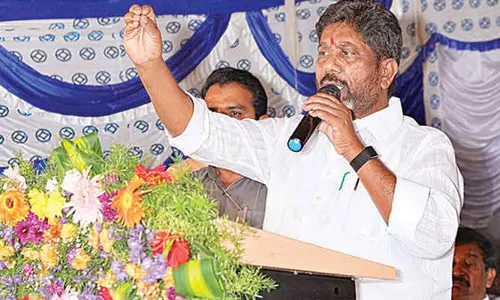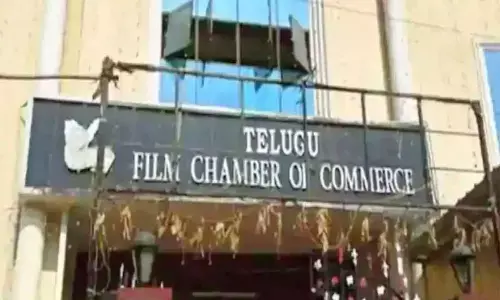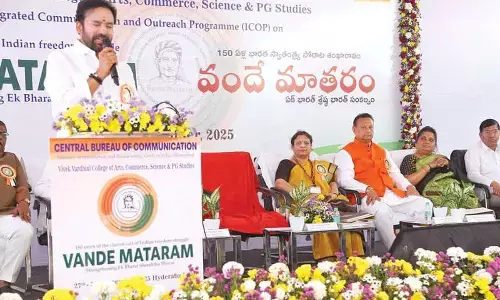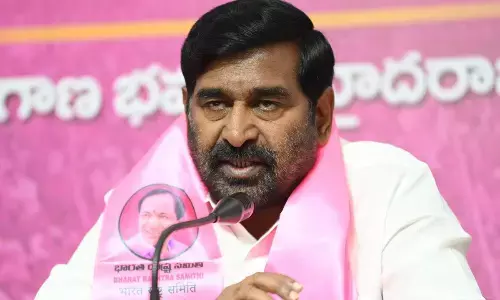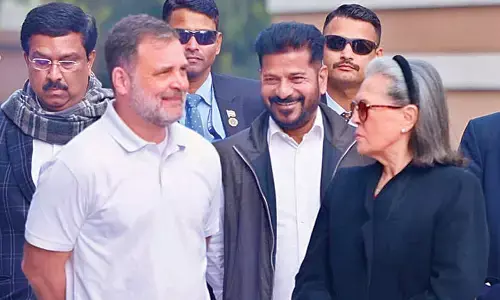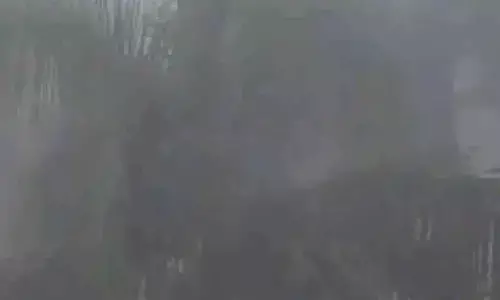Of Indian Railways, fare hikes and inefficiency

Of Indian Railways, Fare Hikes And Inefficiency. The truth that the passenger operations of the Indian Railways are making losses is widely known. Despite periodical increases in railway fares, the deficit does not disappear. Many trains are described as Superfast Expresses and high rates are charged for travel by such trains.
The truth that the passenger operations of the Indian Railways are making losses is widely known. Despite periodical increases in railway fares, the deficit does not disappear. Many trains are described as Superfast Expresses and high rates are charged for travel by such trains. However, almost invariably most of them are late by 30 mnts to a few hours. The explanation (and of course, it is a fact) is that in many big stations like Secunderabad there are not enough platforms to receive the trains and therefore they are halted in the outskirts for long periods even if they had covered the long distance in good time. An obvious solution is to have other exit points around the city. For example, in Hyderabad Moula Ali, Falaknuma, Lingampally could be some points. From there, the railways can run buses to the major junctions, just like from and to the airports. There was indeed a time when Indian Airlines (it was then a monopoly) would collect its passengers from different locations in the city (e.g. Connaught Place in Delhi).
.jpg)
2. There is talk of “premium” trains, faster than superfast expresses and with more comfort. Fares for them would be on par with air-fares. Since people pay to cut travel time, railways must return a certain percentage of the fare charged if such trains are delayed; This obligation will impose discipline and responsibility on the Railways. German Railway seems to be doing so. Such an obligation must also be imposed on the Airlines too.
3. It is not necessary that railways should run the passenger trains on a monopoly basis. The rail track and the control systems can be the infrastructure. Private companies can be permitted to compete with one another by using the rail tack and control systems. This is exactly like in civil aviation where the airports and the control systems are owned by an enterprise of the government and several private companies fly passengers in competition with one another. For using the infrastructure of tracks, control system and platforms the competing companies must give a share of their revenue to the owner of the infrastructure. The private companies may also be permitted to open separate terminals outside the city centers and transport their customers to the city centers by buses. The UK and Italy have been permitting competitive operation of passenger trains on the state-owned infrastructure of rail tracks and control systems.
4. In 1951, the first year of our planned economy about 80% of the goods transportation in our country was by rail. It has now come down to less than 30% because of the delays, uncertainty and bad quality of service from the Railways. The transportation of goods by road is inconvenient but is becoming unavoidable because of the inefficiency, and poor quality service of the railways. It is a national loss that such a high percentage of goods is transported by road which means consumption of liquid and gas fuels, 80% of our requirement of which we are importing from abroad. We must emulate China and Japan which have built and are still building extraordinarily fast and safe rail transportation systems.









